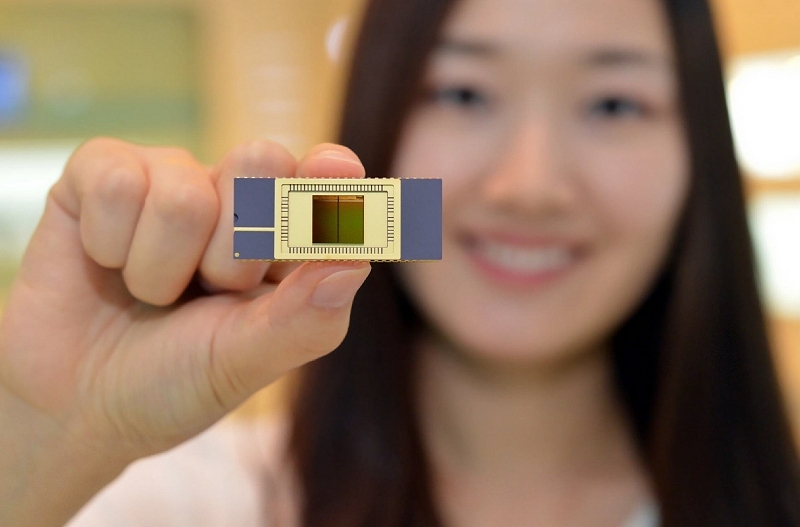
Solid state drives have long since been the preferred drive choice for those that value speed over capacity yet even as prices have come down significantly over the past few years, SSDs still remain a good bit more expensive than their traditional spinning counterparts.
Samsung is hoping to change that with a new type of flash module that enters mass production today called 3-bit multi-level cell (MLC) three-dimensional (3D) Vertical NAND (V-NAND) flash memory, or 3-bit V-NAND for short.
Traditional flash memory arranges cells side-by-side horizontally but as noted in a press release on the matter, the 3-bit V-NAND utilizes 32 vertically stacked cell layers per NAND memory chip.
Vertically stacking cell arrays sharply raises the efficiency of memory production. Compared to Samsung’s 10 nanometer-class 3-bit planar NAND flash, the new 3-bit V-NAND has more than doubled wafer productivity. More efficiency in the manufacturing process results in cheaper costs to manufacture.
As Tom's Hardware points out, because Samsung is expanding data into a third dimension, they don’t need to use a small lithographic process since stacking allows for much higher data densities. Using a smaller lithographic process lowers durability.
That said, 3D V-NAND will have higher data densities and can use a larger, more durable lithographic process. The only shortcoming of 3-bits per cell is that it doesn’t offer the same level of durability as 2-bits per cell. Because of this, we’ll likely see the new chips show up in Evo-class drives initially instead of Pro-branded SSDs.
https://www.techspot.com/news/58380-samsung-3-bit-3d-v-nand-enters-mass.html